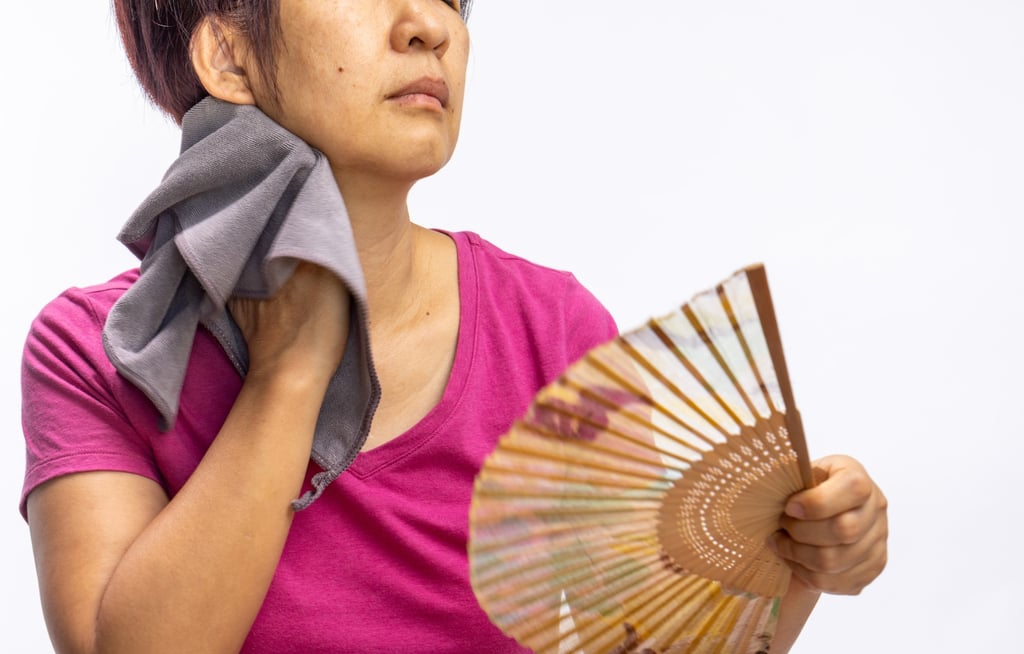Advertisement
Women in lead-up to menopause more likely to develop bipolar disorder, new research finds
- Study finds a 112 per cent increase in bipolar disorder during perimenopause, while major depressive disorder onset increased by 30 per cent
Reading Time:2 minutes
Why you can trust SCMP

Women have another health consideration as they age: they are more than twice as likely to develop bipolar disorder in the years leading up to their final period, a study has suggested.
Advertisement
Experts said research of this nature could help predict individual risk of mental health issues during this time, which “could be life-saving”.
Perimenopause happens when a woman has symptoms of menopause – such as anxiety, mood swings and brain fog – but still has periods.
The study of 128,294 UK women by academics from Cardiff University, in collaboration with Bipolar UK and the UK Biobank, focused on the four years around the final menstrual period.

It found there was a 112 per cent increase in bipolar disorder during perimenopause, while the onset of major depressive disorder increased by 30 per cent.
Advertisement
“During perimenopause, approximately 80 per cent of people develop symptoms, but the impact on the onset of severe mental illness was unknown,” said professor Arianna Di Florio of Cardiff University.

Advertisement